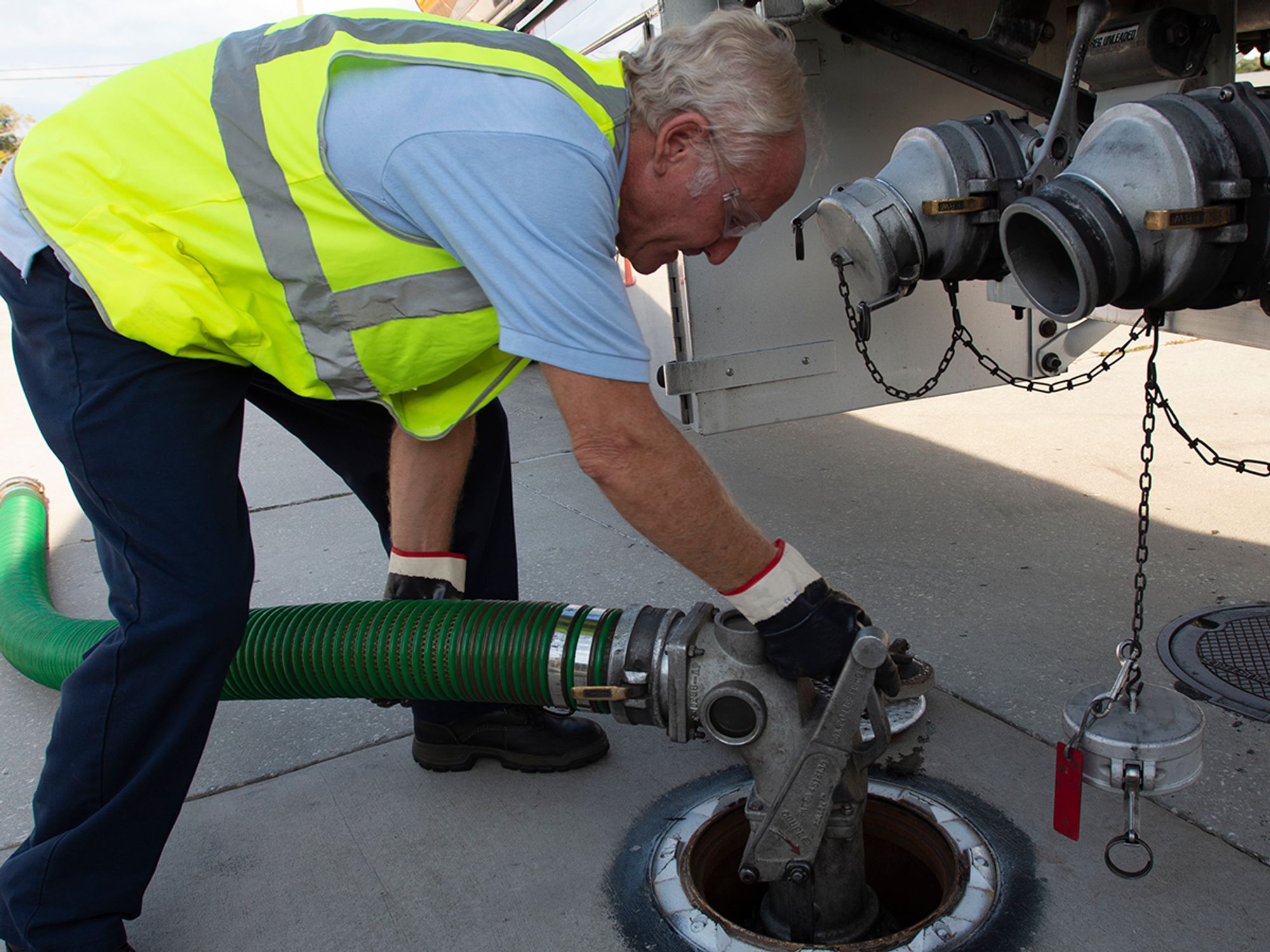Spill protection

- Spill protection is containment around the fill pipe of a (UST that catches small drips or spills that occur when the delivery hose is disconnected from the fill pipe.
- If a UST never receives more than 25 gallons at a time, the UST does not have to meet the spill protection requirements.
Spill protection is containment around the fill pipe of an underground storage tank (UST) that catches small drips or spills that occur when the delivery hose is disconnected from the fill pipe. This containment is typically called a spill bucket. It may also be referred to as a catchment basin, or spill containment manhole. Basically, a spill bucket is a basin sealed around the fill pipe. To protect against spills, the spill bucket should be large enough to contain what may spill when the delivery hose is uncoupled from the fill pipe. A typical delivery hose can hold about 14 gallons of fuel. Spill buckets range in size from those capable of holding only a few gallons to those that are much larger — the larger the spill bucket, the more spill protection it can provide. Spill buckets must be either double walled (with periodic monitoring of the integrity of both walls of the spill bucket) or tested periodically for proper operation according to the new spill prevention equipment testing requirements that went into effect in October 2018.
Owners and operators need a way to remove liquid from spill buckets. Manufacturers may equip spill buckets with either a pump or drain to remove liquid, or can purchase a spark-free hand pump. Try to keep the spill bucket clean and empty — some spill buckets can collect enough water and sediment, along with spilled product, to make draining this mixture into the tank unwise. If this happens, the owners and operators may pump out the spill bucket and dispose of the liquid properly. If the liquid contains fuel or chemicals, it could be considered a hazardous waste. Contact the implementing agency responsible for hazardous waste for information on testing and handling requirements.
Note: If a UST never receives more than 25 gallons at a time, the UST does not have to meet the spill protection requirements. Many small used oil tanks fall into this category.
